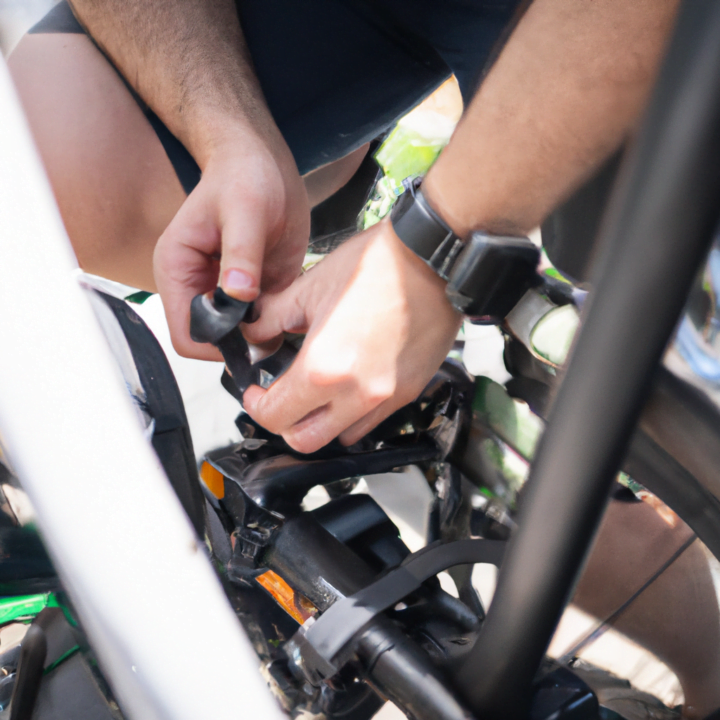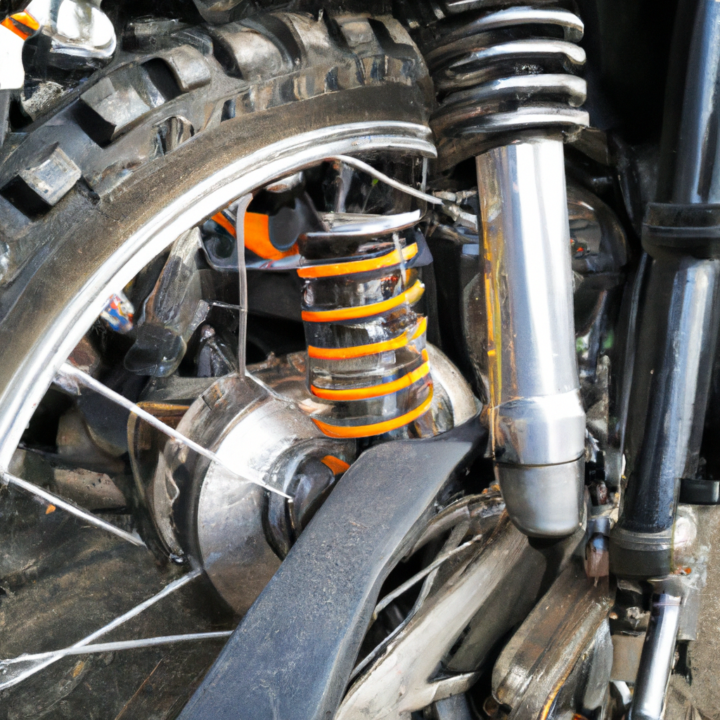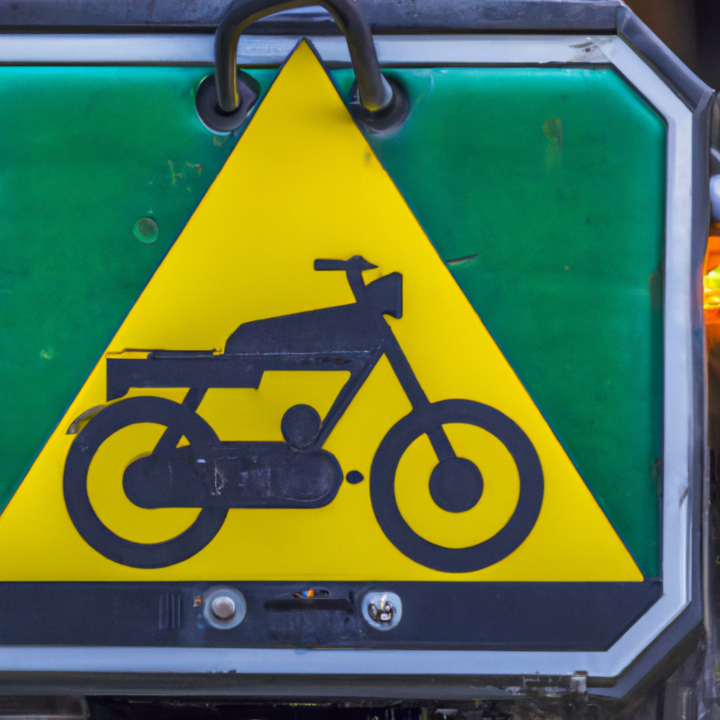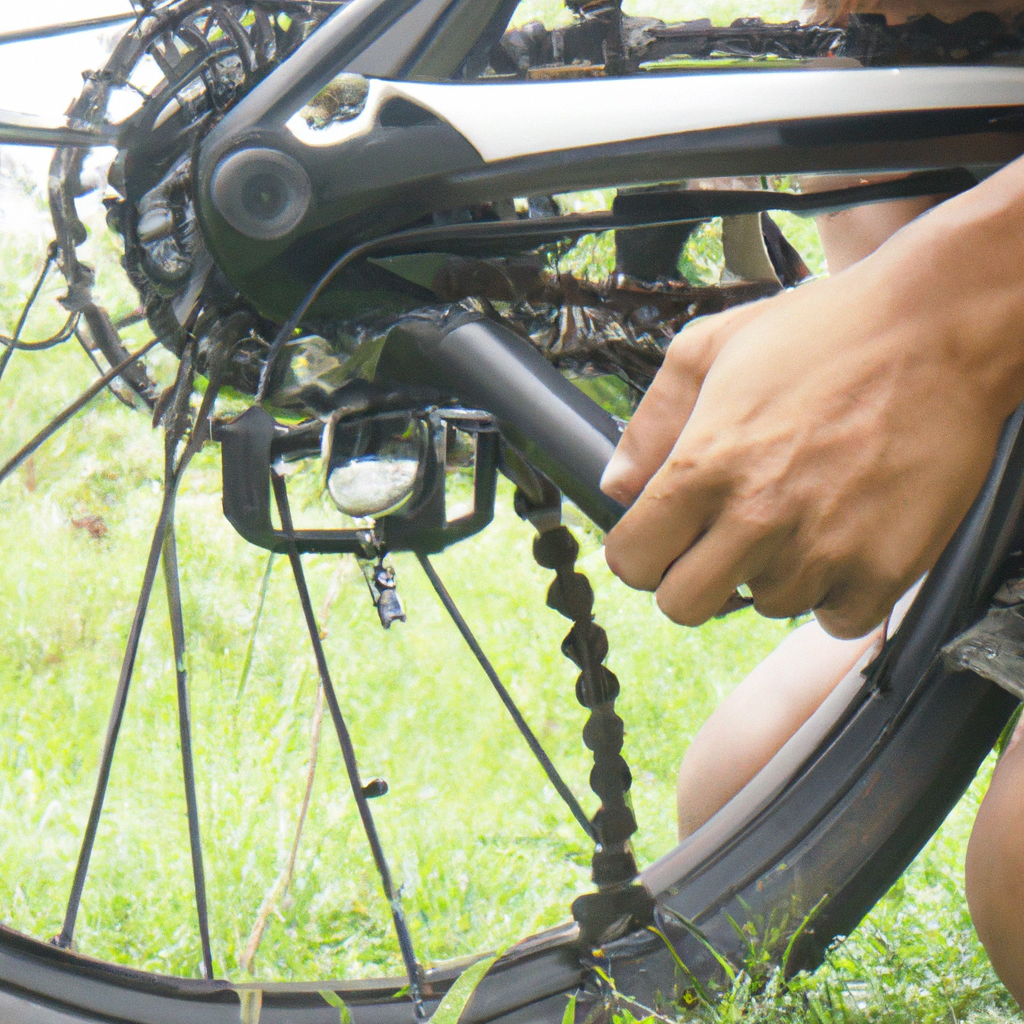How to Troubleshoot an Electric Bike
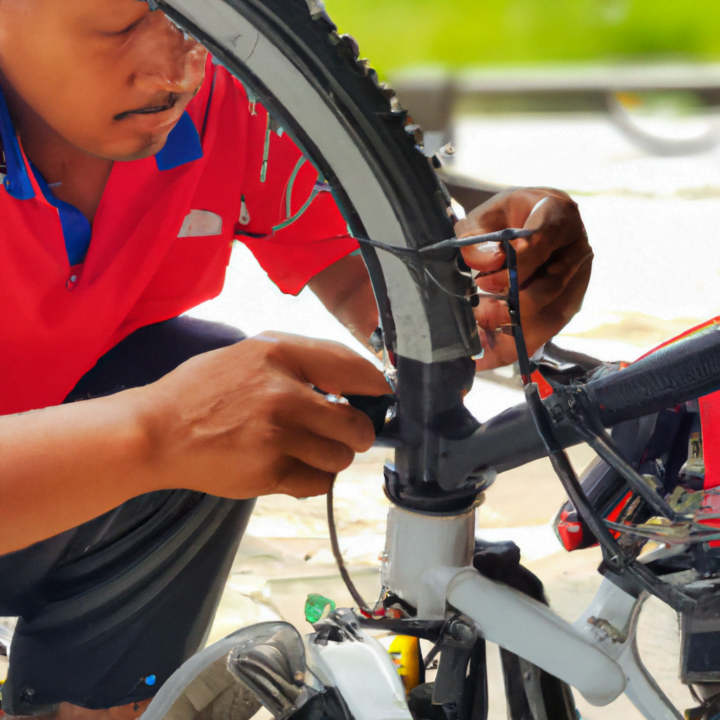
So your looking to learn how to troubleshoot an electric bike, you just got yourself an electric bike, and you’re ready to hit the road with excitement and breeze. But what happens when your ride encounters a hiccup?
Don’t worry once you have read this article you will know a lot more on how to troubleshoot an electric bike! Just like any other vehicle, electric bikes can experience issues from time to time. In this blog post, we’ll walk you through the steps to troubleshoot common problems with your electric bike, empowering you to get back on the saddle in no time.
1. Diagnosing Battery Problems
Table Of Contents
The battery is the heart and soul of your electric bike. When you encounter power-related issues, it’s crucial to first examine your battery. Start by checking if it’s properly plugged into the bike’s electrical system. Loose connections can lead to intermittent power problems. If all connections are secure, assess the battery’s charge level. A low charge might be the root cause. Plug your bike into its charger, and double-check the power source is working correctly. Observe if the charging indicator activates and monitor the battery’s charging progress.
Even though you have learned how to troubleshoot an electric bike, If the battery appears to be charging well but doesn’t hold a satisfactory charge during your ride, it might be time to replace it. Consider contacting your bike’s manufacturer or a trusted bike shop to find a suitable replacement battery.
2. Investigating Motor Malfunctions
The motor is responsible for providing the necessary push to propel you forward smoothly. If you’re experiencing problems with the motor, start by checking the connections between the motor and the bike’s control unit. Loose wires can disrupt power transmission and cause erratic motor behavior.
Next, assess the motor’s condition for any visible signs of damage or wear. Inspect the motor’s cabling, ensuring there are no exposed wires. If everything looks intact, but the motor still isn’t functioning correctly, it might be a deeper internal issue. In such cases, seeking the assistance of a professional might be necessary.
3. Resolving Brake Troubles
After you have learned how to troubleshoot an electric bike you will know that the brakes on your electric bike are crucial for ensuring your safety on the road. If you experience any braking issues, start by examining the brake pads. Worn-out or damaged brake pads may compromise braking efficiency. Replace them if necessary.
Additionally, brake cables can stretch or become loose over time. Inspect the cables and adjust their tension using the appropriate mechanism on your bike. Remember, responsive and well-adjusted brakes are critical for maintaining control and avoiding accidents and one of the most important things you have learned in how to troubleshoot an electric bike,
4. Addressing Electrical Connection Problems
One of the most important things when learning how to troubleshoot an electric bike is the electrics. Electric bikes have various electrical connections that, if disrupted, can cause functionality issues. One common problem is a loose connection between the handlebars and the control unit. Check that all cables are securely fastened and that there are no signs of damage or fraying.
If you’re experiencing intermittent problems with your lights, horn, or other electrical components, there may be loose connections within the wiring. Thoroughly inspect the wiring for any loose, damaged, or corroded components. Reconnecting or replacing faulty parts can often rectify these issues.
5. Tackling Tire and Suspension Woes
Smooth and comfortable rides depend on the condition of your bike’s tires and suspension. Start by inspecting your tires for any visible punctures or signs of wear. Ensure they are inflated to the recommended pressure. Damaged tires should be promptly replaced to avoid safety hazards.
If your electric bike has suspension, examine it for any oil leaks or visible damage. Ensure all bolts and connections are tightened properly. If you’re unsure about making suspension adjustments, consult your bike’s manual or seek help from a professional bike mechanic. This will help even though you know how to troubleshoot an electric bike sometimes we need professional help also.
6. Troubleshooting Display Issues
The display on your electric bike provides valuable information about speed, battery level, and other operational details. If your display isn’t functioning correctly, check the connection between the display unit and the bike’s electrical system. Make sure all cables are securely plugged in.
If the display still doesn’t work, remove it and check for any signs of damage or corrosion. In some cases, replacing the display unit might be required. Contact your bike’s manufacturer or a bike technician for further assistance.
Remember, owning an electric bike means embracing the responsibility of regular maintenance. Familiarize yourself with your bike’s manual and recommended maintenance schedule. Proper care and occasional troubleshooting will keep your electric bike running smoothly for countless exciting rides to come.
This should be a lot easier now that you have learned how to troubleshoot an electric bike.
Frequently Asked Questions: How to Troubleshoot an Electric Bike
1. Why is my electric bike not turning on?
- Check if the battery is properly connected and fully charged.
- Inspect the power switch and make sure it is in the ON position.
- Ensure the key is inserted correctly and turned to the ON position.
- If the bike has a display panel, check if it is showing any error codes or messages.
2. What should I do if my electric bike loses power while riding?
- Make sure the battery is not drained. Charge it fully if needed.
- Check for loose or disconnected battery connections.
- Inspect the wiring for any damage or frayed wires.
- Verify that the motor is not overheating. Allow it to cool down before riding again.
3. How can I fix electrical issues with my electric bike?
| Issue | Solution |
|---|---|
| The lights don’t work. | Check the wiring connections for loose or disconnected wires. Replace any burnt-out bulbs. |
| The display panel shows errors. | Refer to the user manual to identify the error code and follow the recommended troubleshooting steps. |
| The motor doesn’t engage. | Ensure all connections between the motor and controller are secure. Check for any signs of damage or wear. |
4. What should I do if my electric bike’s brakes are not working properly?
- Inspect the brake pads for wear and replace them if necessary.
- Adjust the brake cables and ensure they are properly tensioned.
- Clean the brake discs or rims to remove any debris that may hinder braking performance.
- If the issue persists, consult a professional bike mechanic for further examination.
5. How do I maintain the battery life of my electric bike?
- Avoid exposing the battery to extreme temperatures.
- Store the battery in a dry place when not in use.
- Charge the battery regularly, even during periods of inactivity, to prevent cell damage.
- Follow the manufacturer’s guidelines for proper charging and battery maintenance.
Thank you for reading our article on how to troubleshoot an electric bike
